We may earn money or products from the companies mentioned in this post. This means if you click on the link and purchase the item, I will receive a small commission at no extra cost to you ... you're just helping re-supply our family's travel fund.

Ocean views make spending easy. Packages stack up on apps and cabin TVs: photos, Wi-Fi, spa days, bus tours, private islands, and shiny duty-free deals. Later, many travelers remember the overpay more than the moment. Here’s the thing: ports are living cities with bakeries that open early, co-ops that pay guides fairly, and beaches locals actually use. Swap high-markup extras for neighborhood choices. The day slows down, costs drop, and stories carry home with salt still on them.
Unlimited Drink Packages vs Café Culture

All-inclusive bar tabs look smart at sea, then sit idle in port. Locals suggest a morning at a family bakery, an afternoon soda at a plaza kiosk, or a beach club day pass that includes shade and water. Regional drinks cost less ashore and arrive with real scenery: street musicians, market chatter, and the smell of lime and grill smoke. Hydration lands better too, with fresh juices and coffee roasted a block from the harbor.
Ship Photo Bundles vs Real Backdrops

Prepaid photo packages crowd phones with staged backdrops and forced smiles. In port, neighborhood murals, lighthouse overlooks, and fishermen’s piers frame portraits that feel like the day, not a studio. Locals point to blue hour spots and quiet alleys where reflections do the editing. A small tip to a street photographer buys candids that breathe. Sun and texture become the filter, and the memory stays anchored to a place, not a backdrop.
Big Bus Excursions vs Local Co-ops
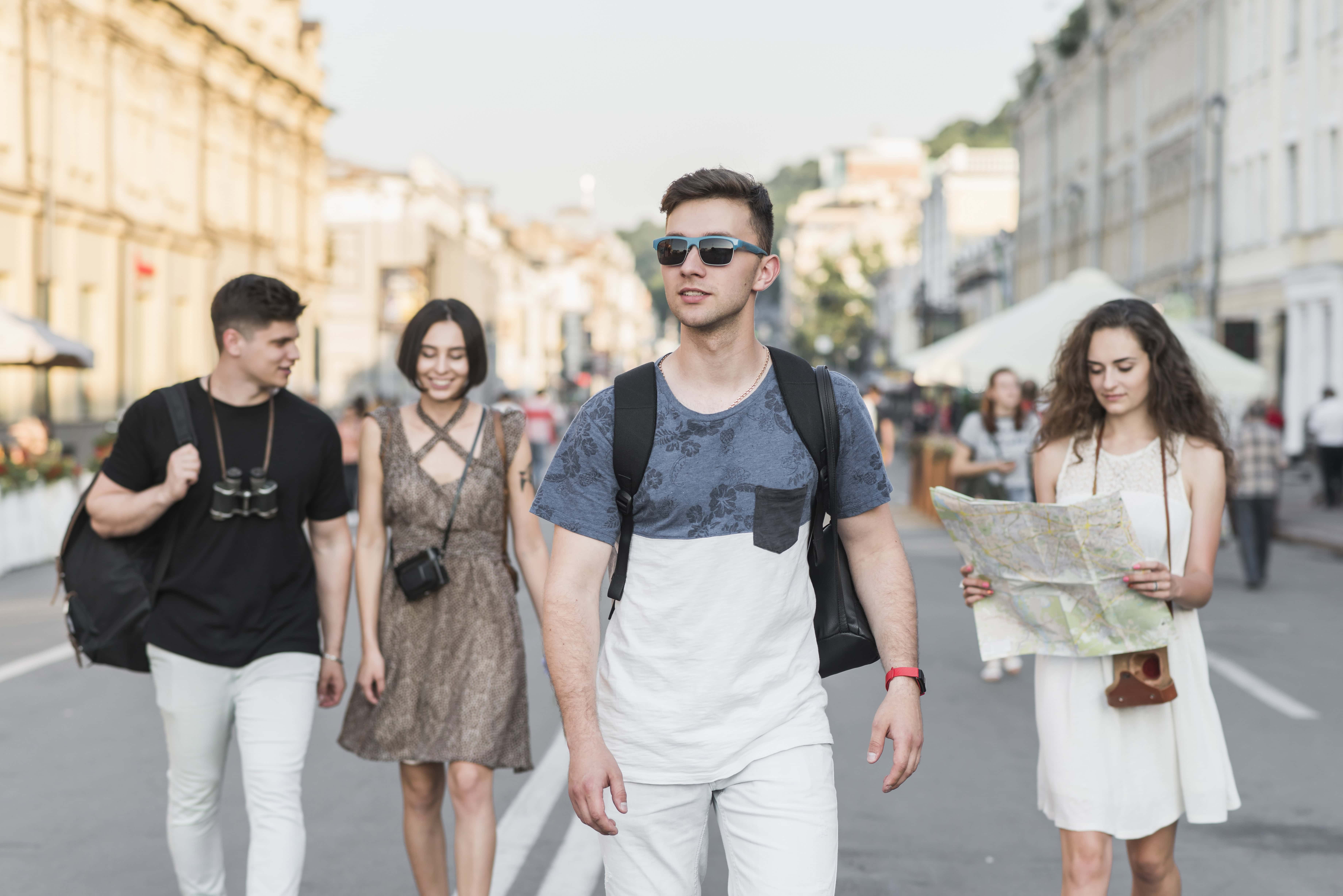
Forty seats and two stops can feel like a countdown clock. Community guide co-ops split groups small, walk shorter blocks, and fold in stalls that actually feed residents. Food crawls sample one dish per corner; history walks detour for fresh bread or a view no coach can reach. Money stays local, pace fits the weather, and questions turn into conversations. The map shrinks, and the city stops being a checklist and starts being a neighbor.
Ship Spa Days vs Native Bathing Rituals
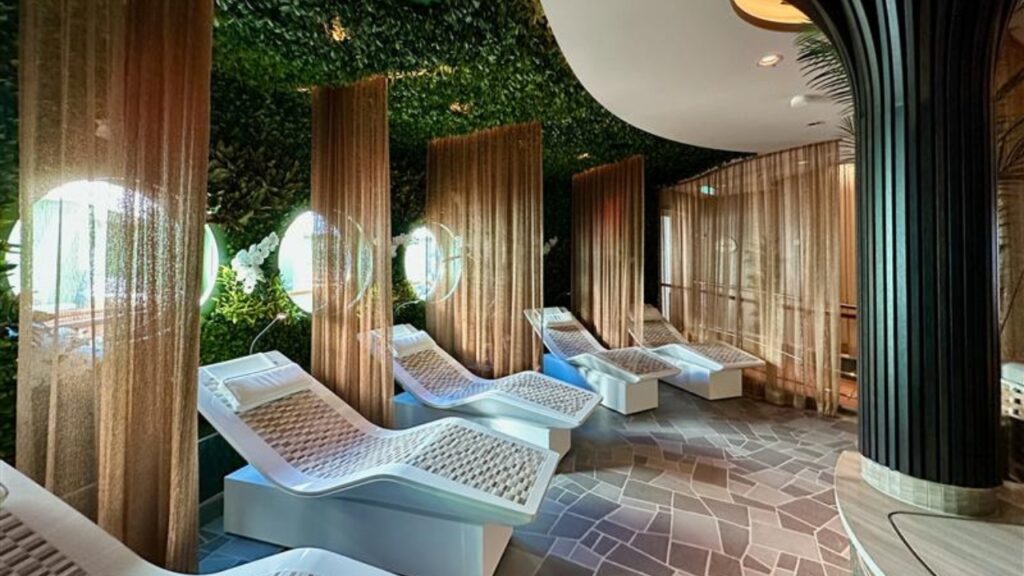
Onboard spa menus read familiar and pricey. Ashore, thermal baths, hammams, sweat lodges, and mineral springs carry traditions that predate the pier. Locals book midafternoon slots when crowds drift and steam rooms fall quiet. Treatments cost less, and the setting teaches something: how a town rests, how it heals, how water sets the clock. Walk out to tea, fruit, and streets that smell of eucalyptus instead of elevator citrus.
Duty-Free Jewelry vs Artisan Markets

Glossy shop rows push stones with stories that drift on inspection. Markets and craft houses introduce makers by name, show the tools, and price with a handshake. Silverwork, textiles, basketry, and wood inlay reflect local plants and patterns. Artisans explain motifs and care, then wrap pieces in old newsprint. The souvenir turns into a relationship. It wears better, ages honestly, and answers questions when friends ask where it came from.
Premium Wi-Fi vs Local SIM and Hotspots
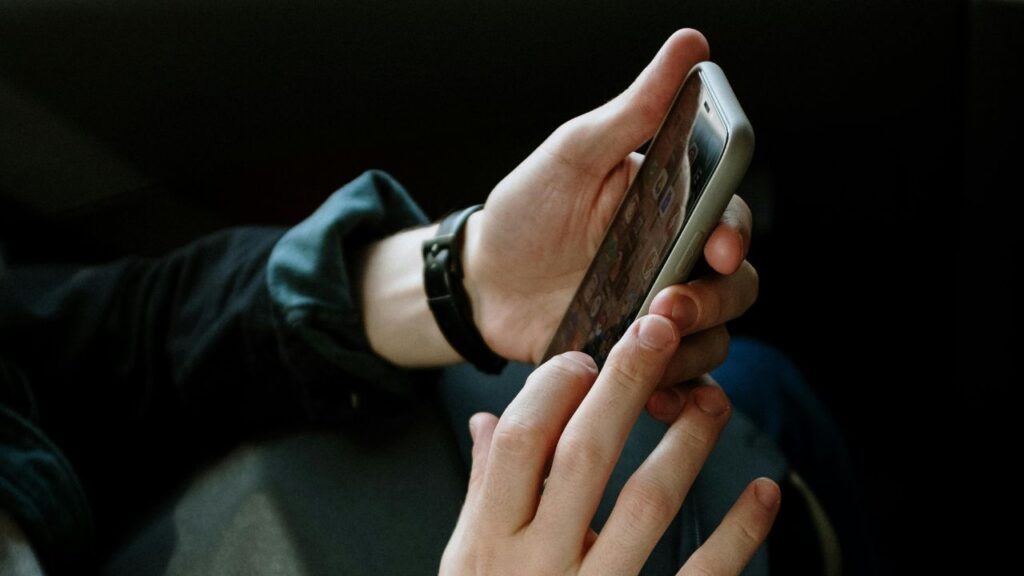
At-sea Wi-Fi tiers bill by speed and cap. In port, prepaid eSIMs and short-term SIM cards deliver fast data for maps, calls, and uploads at a fraction of the cost. Libraries and cafés post reliable hotspots with outlets near the shade. Staff know which carrier works best uphill or by the marina. Messages send quick, calls stay clear, and the bill reads like a snack, not a splurge. Offline returns the moment the gangway lifts.
Private Island Day Passes vs Public Beaches
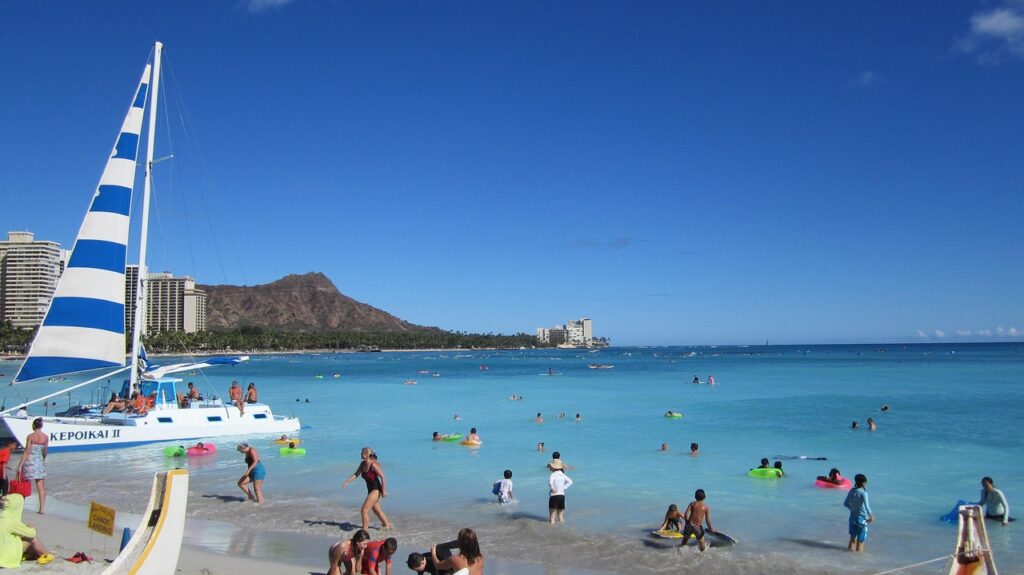
Branded beaches package loungers, burgers, and lines. Public strands favored by residents offer rented shade, real fish shacks, and a shoreline that keeps its accent. Taxi drivers and shopkeepers steer visitors to coves where sea grass and families outnumber wristbands. Lifeguards know the currents; vendors remember faces. The soundscape shifts from speaker playlists to wind and laughter. Sunscreen still matters; the receipt suddenly doesn’t.
Aquarium Encounters vs Wild-Smart Eco Tours
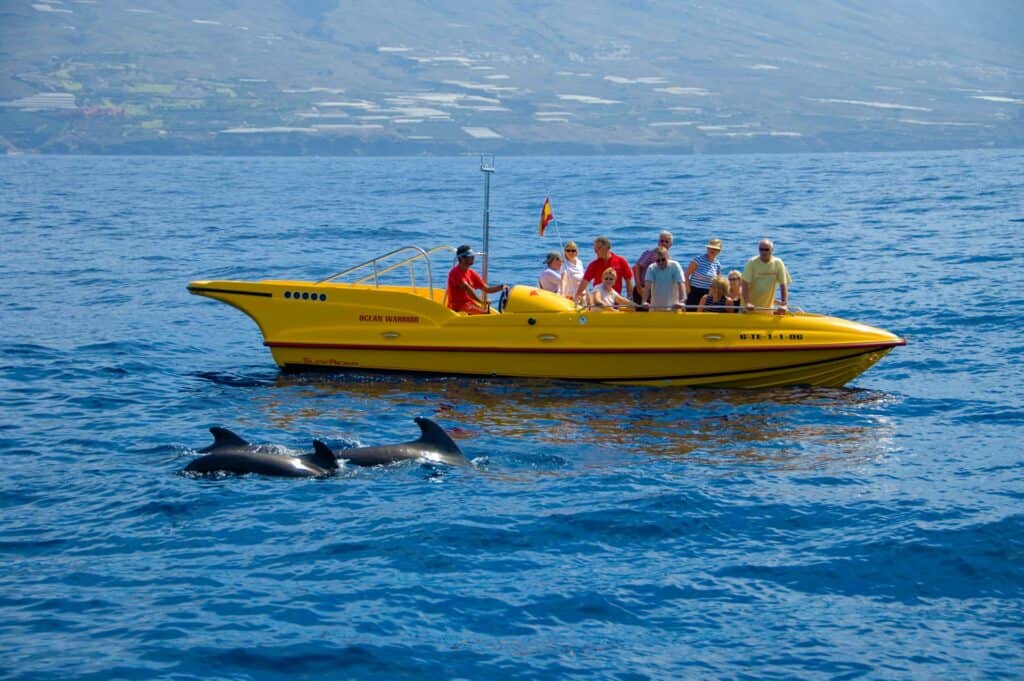
Ticketed touch tanks and captive dolphin shows promise access and deliver repetition. Small-boat eco tours run with tide charts, bird seasons, and clear wildlife distances. Community guides avoid nests and nurseries, pick up trash they didn’t drop, and share folklore with field facts. Sightings feel earned, not staged, and photos look like a field guide. The ocean keeps its dignity, and travelers leave knowing where the line is and why it holds.